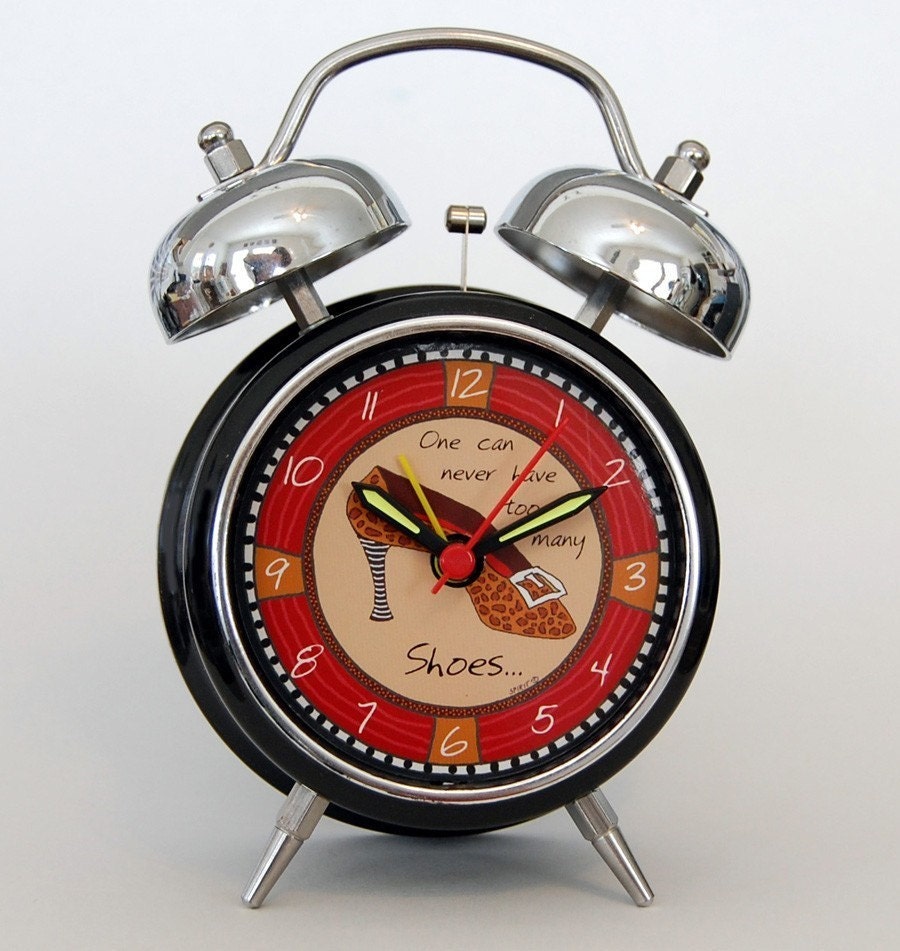What's the message for this crafter? Easy: my stash is growing (and I admit, grew yesterday with some awesome Ikea fabric finds) and yet my creation isn't keeping par with that. I am committed to using every last scrap of fabric (which is why you see the same fabric on my Bonnie dress pattern as in my Pearl Paperbag Pants pattern) but yet these 6 new yards from the big blue box have heftily grown my stack. What's the use of a big stash if it doesn't get used?
Trent's proposal is accurate in my world, which is why today I'm declaring a moratorium on buying new fabrics until I've used the ones I have in circulation. I have at least 9 selections awaiting my use (not counting the 6 or 7 more selections when my mom recently de-stashed) that are just crying out for a pattern. And the reasons?
- As an Etsian, using my stash costs me nothing today, and earns me money tomorrow.
- As a household manager, using my stash helps me get and stay organized. Or at least to nibble away at the stash closet.
- As an eco-conscious human, using my stash helps me ensure I'm not sending a message of needing more fabric than I truly do to the manufacturers and sellers.
- As a person seeking balance, using my stash to create something new just feels good. Creating feels great! Thanks Etsy!
So what's in the line-up? Let's walk it through, shall we?
- Three yards of a multi-color animal print and a coordinating stripe were selected by Hila. Per her request, the animal print will become a dress and the stripe will be a skirt. Thinking of a mom-and-me skirt pattern!
- A moderately beautiful warm brown with fans will become a unique wrap dress.
- A plain lime-ish green will become a one-piece romper, or it may remain my simple backdrop for photos!
- A fuschia-on-pink will become a dress with a bubble skirt, round neck with flat pleats, and bubble-ish sleeves.
- A white with an obscure geometric circle/flower print in teals and greens will create a short or long-sleeved frock with an oversized turtleneck in a coordinating jewel-tone teal. Perhaps a front tummy pocket will be added!
And so the process goes! Will I be able to do it?
And for those of you who can't destash yourself, help some of these folks work on reducing their stash!
- Mixed Blues And Oranges Strips from LilasLocker
- Aqua Summer Flower from acimon
- Mixed Fat Quarters - Super Deal from StarSpunQuilts





